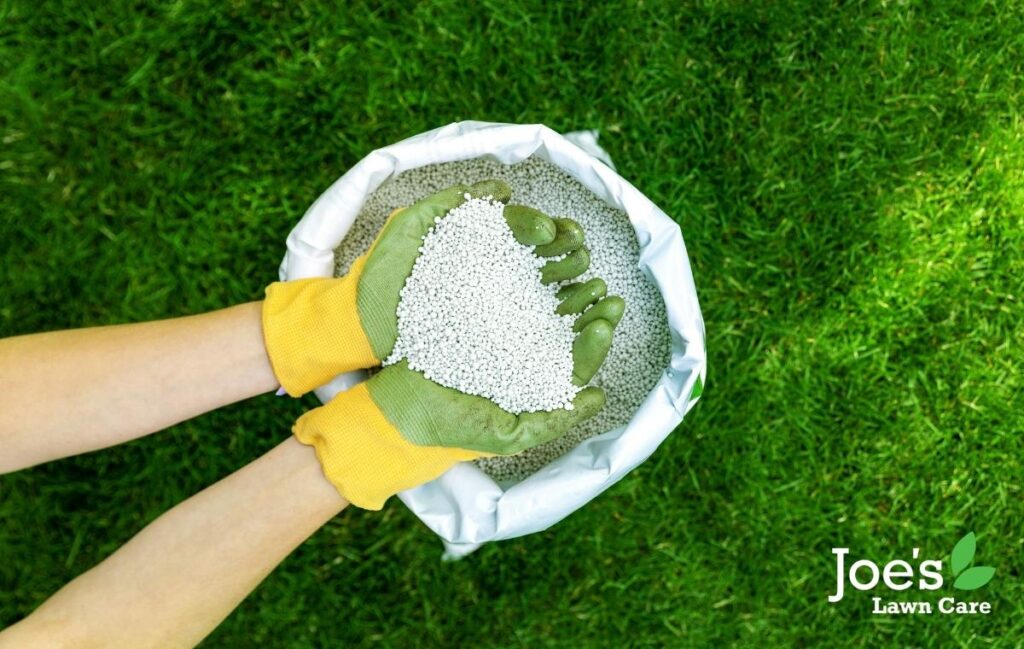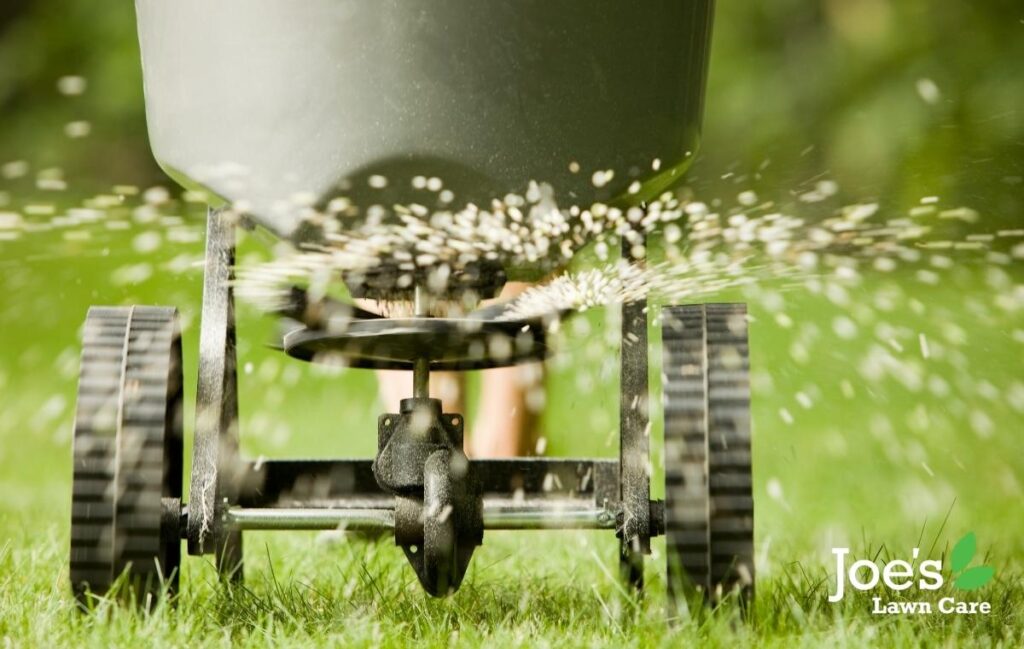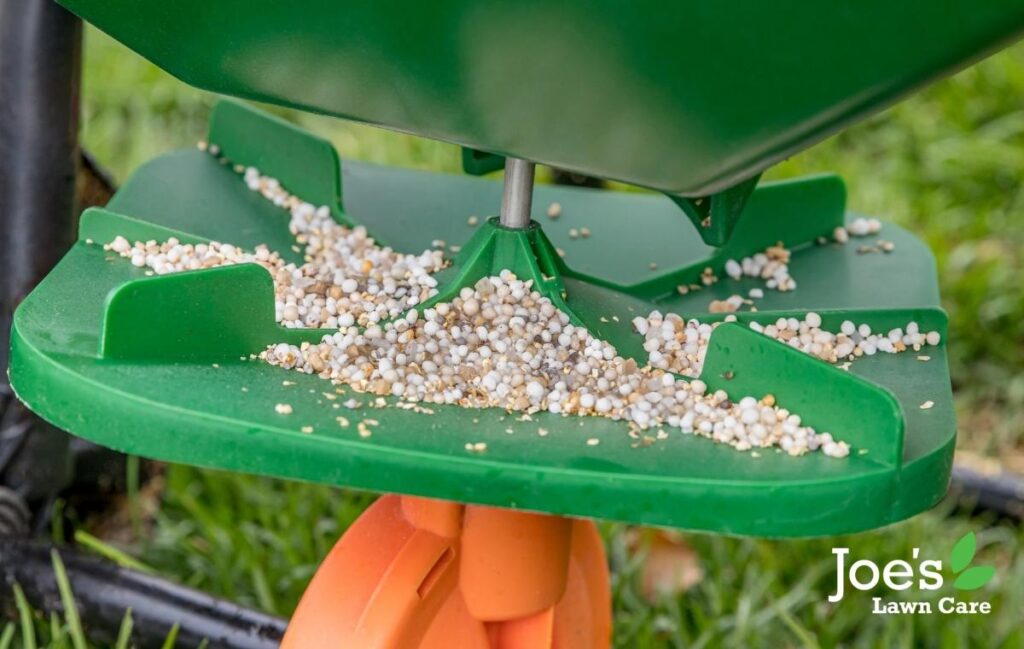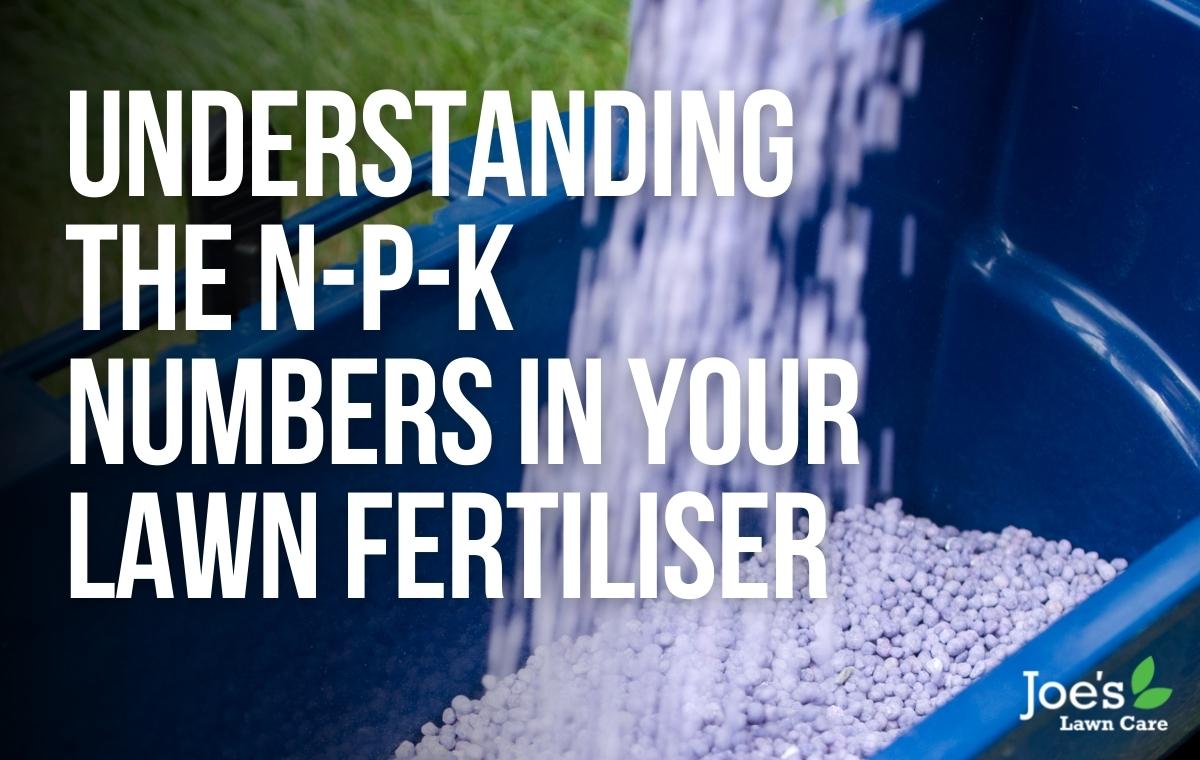Understanding The N-P-K Numbers in Your Lawn Fertiliser
Time to understand the scientific-waffle (N-P-K numbers) on the back of your lawn fertiliser packaging…
In the same way you can’t make an omelette without cracking a few eggs (challenge accepted), you can’t grow a lush green lawn without the help of some fertiliser. That’s a fact. It doesn’t matter how much you mow it, rake it, water it or stop people walking on it. The most important part of any lawn care routine is adding the nutrients your soil needs.
You see, on top of making sure your grass is the most enviable shade of emerald, adding the right nutrients is one of the most effective ways to grow a lawn. A lawn that is able to survive any weather-related stress, unwanted weed attacks and any diseases that might threaten your lawn.
That’s where nitrogen, phosphorus and potash come in. And more specifically, the ratio between these macronutrients commonly referred to as N-P-K. So without further ado, here’s everything you need to know about picking the right fertiliser for your lawn:

The basics of N-P-K in lawn care
Now that you understand what N, P and K stand for, it’s time to get a grip on why these nutrients are so important to the health of your lawn. Let’s start with nitrogen, the most crucial of the bunch. Yepp. That’s why it’s both the first number to be stamped on the back of your fertiliser bag and why it is always the highest number out of the three. For example, 5-3-4 would be five-parts nitrogen, 3-parts phosphorus and 4-parts potash.
The reason both the phosphorous and potash content tends to be lower than the nitrogen is simply because most soils tend to boast enough phosphorus and potash to encourage a healthy amount of growth naturally. Of course, the only way to truly know what levels of N-P-K your lawn needs is to perform a soil test and then look at the results to see what is required. As a rule of thumb, though, it’s always better to underfertilise your lawn that to, you know, add too much. That’s because that’s when you can do a lot of unwanted harm.

The roles played in lawn care by N-P-K
The reason nitrogen is the most important member of this trio is all to do with its need for regular usage. Simply put, nitrogen should be applied on a more regular basis. That said, each of these nutrients has its own vital role to play.
The role of nitrogen: This is where your grass will get its strong growth and lush green colour from, producing thick swards that help it crowd out weeds.
The role of phosphorus: If you have bald patches, bare spots or are simply trying to look after a new lawn, phosphorus has a huge role to play. This is the macronutrient that will help your roots to grow nice and strong.
The role of potassium: The best thing about potassium is the way it encourages your grass plants to better use any water and nutrients, which then helps develop thicker cell walls. Translation: potassium makes your lawn less vulnerable to everything from heat waves to deep freezes, infestations to diseases.

Understanding the N-P-K ratios in fertiliser
If you’ve ever picked up a bag of fertiliser, flipped it over to read the “ingredients” and found yourself staring blankly. Because it looks more like hieroglyphics than helpful insights, we’ve got you covered. The simplest way of describing the N-P-K numbers is as percentages, which is what they represent. For instance, if you pick up a 10kg bag of 10-7-7 fertiliser, that simply means it contains 10% nitrogen, 7% phosphorus and 7% potash. From there you should be able to work out exactly how many kilograms of nitrogen there is in the bag you’re looking at.
The reason we pulled out nitrogen specifically is because that nitrogen amount will have the biggest influence on your lawn once you apply it. Our recommendation would be to use no more than 500 grams of nitrogen per 100 square metres of lawn at any one time. As such, the more nitrogen there is in your fertiliser, the less you’ll actually need to spread around your lawn.
Ignore this advice and go hell for leather with the amount of nitrogen you feed your lawn and you’ll start to see some serious damage done to your grass. Brown patches, burnt tips, strips of yellow grass and straw-like areas of seriously unhealthy lawn. And that’s just the tip of the iceberg because you could find, down the line, your grass has turned completely brown with a crunchy feel that can be pulled out without any resistance. Why? Burnt roots, that’s why.
Joe’s Pro Tip:
Did you know that you can actually reduce the amount of fertiliser you use by simply using a mulching mower and using your grass clippings as an organic fertiliser. And we’re not talking an insignificant amount either because mulching can actually recover as much as 20 percent of the nitrogen from your cut grass, putting all those lovely nutrients back into your soil.
Thanks for reading our guide to better understanding the fertiliser’s N-P-K numbers in your lawn fertiliser. For more lawn care tips and tricks, follow us on Facebook and Instagram.





